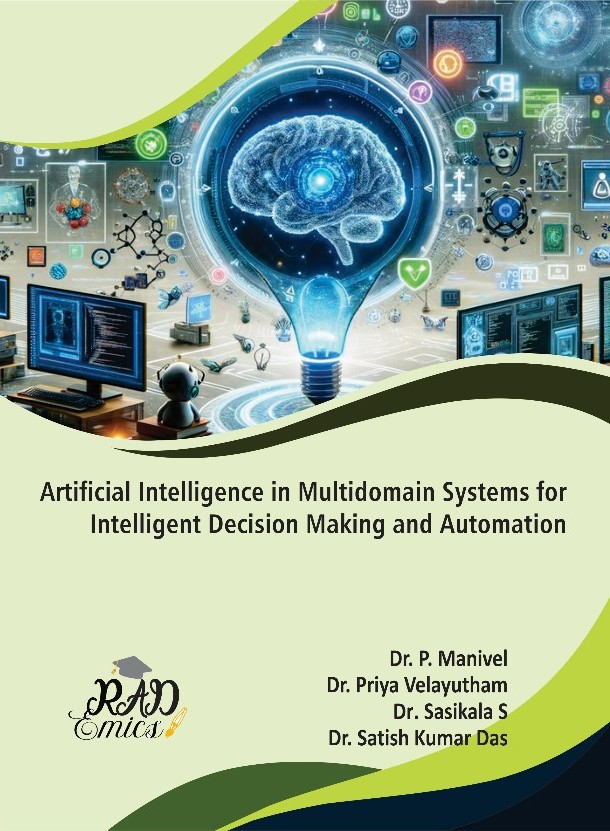
Abstract
The emergence of AI-driven smart classroom systems has transformed the landscape of modern education, enabling personalized learning and data-informed instructional strategies through advanced computational intelligence. This chapter presents a comprehensive framework for integrating multimodal learning analytics and deep personalization within smart classroom environments, emphasizing scalable and context-aware deployment using cloud-edge hybrid architectures. By leveraging machine learning, affective computing, and real-time sensor fusion, the proposed model supports dynamic learner profiling, adaptive content delivery, and predictive outcome analytics. The chapter explores key components including IoT-enabled data acquisition, emotion-aware feedback systems, curriculum optimization, and ethical considerations for deploying intelligent technologies in educational settings. A unified architectural design is proposed to harmonize diverse AI components, ensuring robust personalization, privacy, and educational equity at scale. The insights presented contribute to the evolving discourse on intelligent education systems, offering actionable guidance for researchers, practitioners, and policymakers aiming to build resilient, inclusive, and future-ready learning ecosystems.
Introduction
The global educational landscape is undergoing a profound transformation driven by the convergence of artificial intelligence (AI), ubiquitous computing, and data-driven pedagogical paradigms [1]. Traditional classroom models are increasingly giving way to smart learning environments where learning is no longer confined to a rigid structure but becomes dynamic, personalized, and responsive to the cognitive and emotional states of learners [2], [3]. These smart classrooms are enabled by a combination of AI algorithms, real-time analytics, and multimodal data processing, allowing for unprecedented levels of adaptability and student engagement [4]. Educational institutions are thus recognizing the imperative to transition toward intelligent systems that cater to diverse learner profiles, while ensuring the scalability, efficiency, and equity of instructional delivery across various educational levels [5].
At the core of this transformation is the ability to capture, analyze, and respond to vast amounts of data generated during the learning process [6]. Inputs from sensors, biometric devices, digital assessments, and behavioral analytics are aggregated to form rich learner models that inform AI-driven personalization mechanisms [7], [8]. Techniques such as machine learning, deep learning, and natural language processing facilitate the interpretation of these data streams, enabling systems to predict learner performance, adapt content dynamically, and offer targeted interventions [9]. This data-centric approach not only enhances learning outcomes but also provides educators with actionable insights into student engagement, cognitive load, and knowledge retention, allowing for evidence-based pedagogical strategies that were previously unattainable in conventional teaching environments [10].